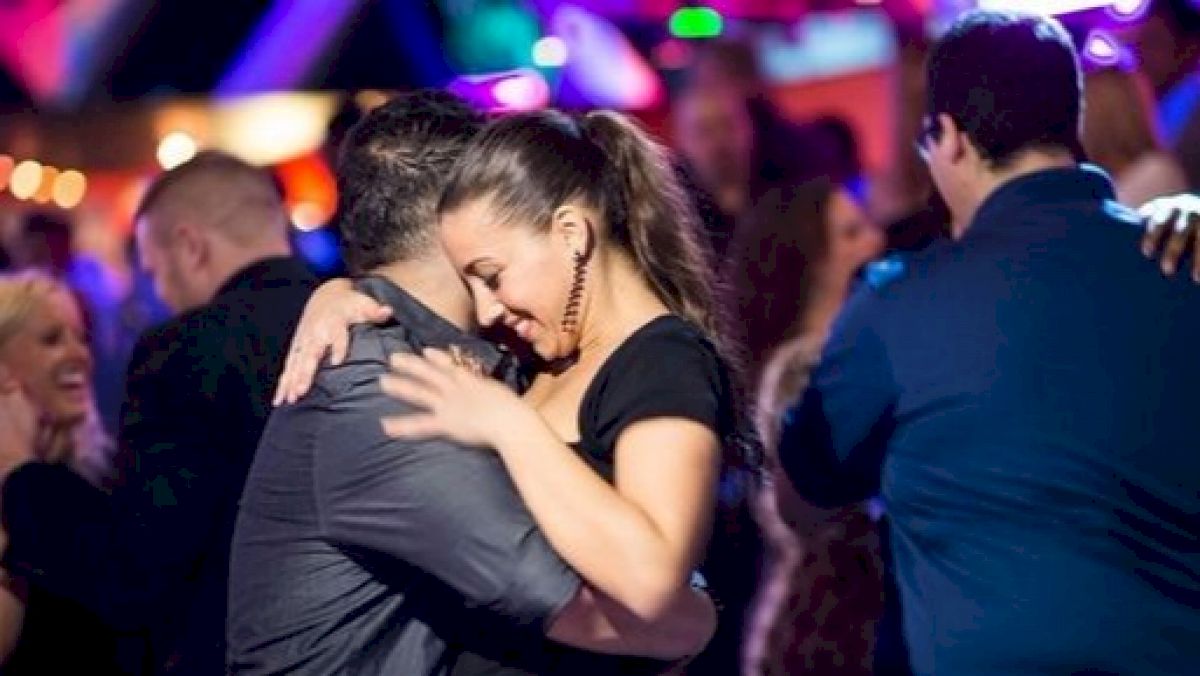Bachata In The World Today
Bachata In The World Today
The evolution of bachata dance and the difference between the various styles most popular today.

The Dominican Republic is the birthplace of bachata music and dance. Originating in the 1950s, bachata took after the bolero in that it was originally danced only in a closed position.
The dance is characterized by small side-to-side movements accentuated by the hips and a distinctive "pop" of the waist on the fourth beat of an eight count. Today the dance has morphed into various forms and is danced all over the world. Among the forms, there are four distinctive styles including bachatango, bachata sensual, and bachata ballroom, and modern bachata.
This style is a blend of traditional Dominican bachata and classic Argentine tango in both its movements as well as its music. The movements are highly sensual and include leg wraps, long pauses, and elaborated dips and turns.
Made popular in Spain, sensual bachata is usually danced to more mainstream music and has become somewhat controversial. On one side of the debate are those who lobby for the dance's authenticity and legitimacy while others feel it's a rip-off of another form of dance known as "lambazouk." Regardless of the style's origins, the fact is that this form of bachata is arguably the most popular version in the world today, and it's not going anywhere anytime soon.
Daniel and Desiree are considered to be the "darlings of bachata" -- learn more about them here.
Bachata Ballroom
This style of bachata is not what you'll typically see danced out at the clubs or in social settings. Rather this form of the dance was developed in the West for the purposes of competition. It is accentuated by signature ballroom stylings and dramatic hip movements.
This is a more recent form of the bachata and is defined by its incorporation of other forms of Latin dance such as salsa, tango, zouk-lambada, and ballroom. The thing that makes this version distinctively different from it's cousins is it's adoption of salsa turn patterns, embellished hip movements and more focus on upper body movement. Usually danced to more mainstream music.
The dance is characterized by small side-to-side movements accentuated by the hips and a distinctive "pop" of the waist on the fourth beat of an eight count. Today the dance has morphed into various forms and is danced all over the world. Among the forms, there are four distinctive styles including bachatango, bachata sensual, and bachata ballroom, and modern bachata.
Bachata Tango
This style is a blend of traditional Dominican bachata and classic Argentine tango in both its movements as well as its music. The movements are highly sensual and include leg wraps, long pauses, and elaborated dips and turns.
Sensual Bachata
Made popular in Spain, sensual bachata is usually danced to more mainstream music and has become somewhat controversial. On one side of the debate are those who lobby for the dance's authenticity and legitimacy while others feel it's a rip-off of another form of dance known as "lambazouk." Regardless of the style's origins, the fact is that this form of bachata is arguably the most popular version in the world today, and it's not going anywhere anytime soon.
Daniel and Desiree are considered to be the "darlings of bachata" -- learn more about them here.
Bachata Ballroom
This style of bachata is not what you'll typically see danced out at the clubs or in social settings. Rather this form of the dance was developed in the West for the purposes of competition. It is accentuated by signature ballroom stylings and dramatic hip movements.
Modern Bachata
This is a more recent form of the bachata and is defined by its incorporation of other forms of Latin dance such as salsa, tango, zouk-lambada, and ballroom. The thing that makes this version distinctively different from it's cousins is it's adoption of salsa turn patterns, embellished hip movements and more focus on upper body movement. Usually danced to more mainstream music.